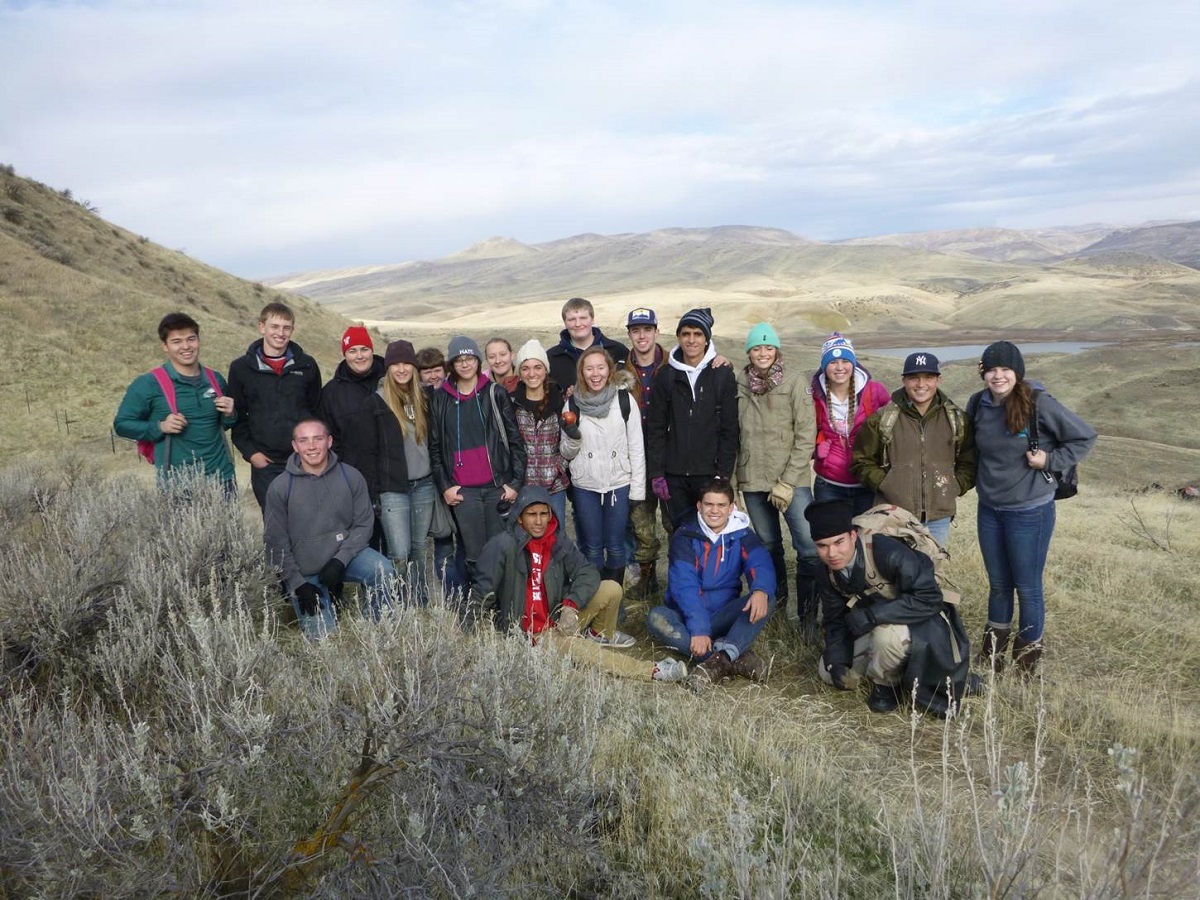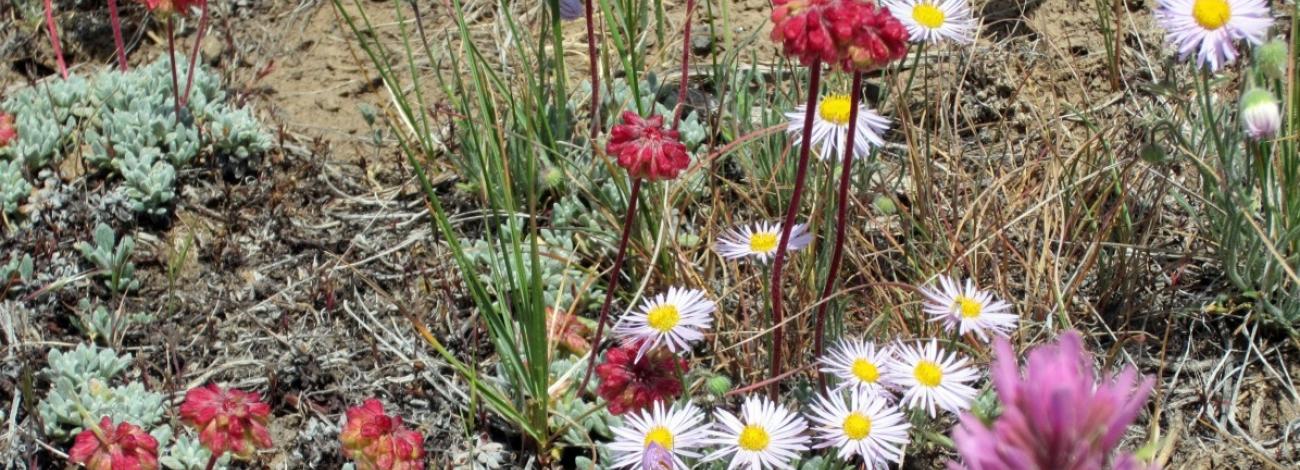
Southern Idaho Native Seed Collection and Use
With an average of 140 wildfires burning each year throughout Idaho, BLM has become one of the largest Emergency Stabilization and Rehabilitation (ESR) programs requiring seed. Native seeds are becoming an increasingly important component for rehabilitation treatment resiliency in the face of extreme weather events and increasing fire frequency and severity, as well as restoring and improving habitat for wildlife that rely on sagebrush. In Idaho, the BLM is actively engaged in native seed increase and application to meet restoration needs in sagebrush-steppe communities.
In 2010, the BLM's Shoshone Field Office began participating in the Seeds of Success program and is now in the process of increasing several different species of plants for use in restoration and rehabilitation of rangelands with locally-sourced plant materials. Initially, the field crews harvested seed from Crater's bluegrass plants that were first used for restoration efforts at the site of the 2014 Preacher Fire. In 2014 and 2016, more forbs preferred for sage-grouse, were collected around Shoshone including false agoseris, shaggy fleabane, fernleaf biscuitroot, Oregon sunshine and Hooker’s balsamroot.
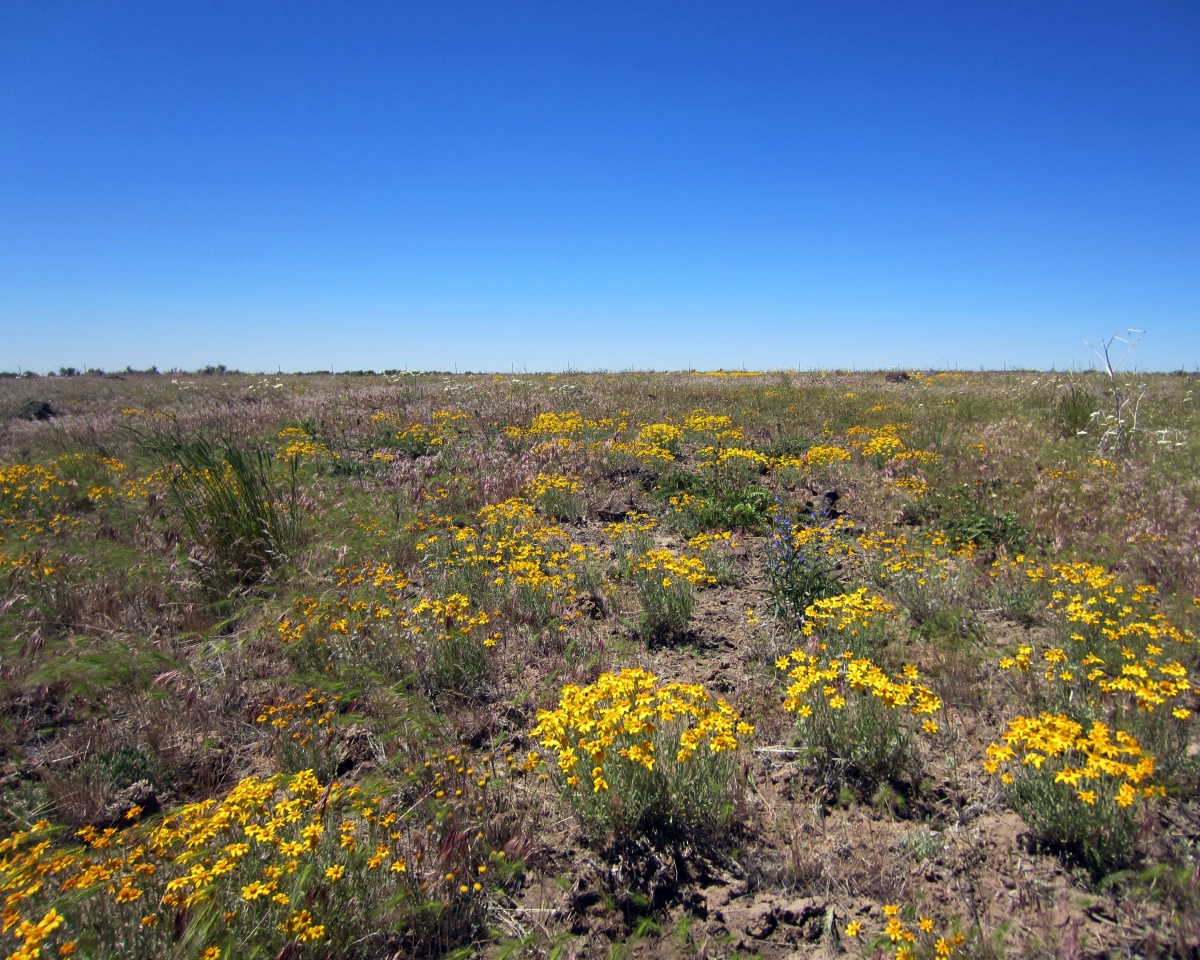
It's important to ensure the right sagebrush seed is collected to provide food and shelter for the greater sage grouse. The BLM's Upper Snake Field Office is working to ensure the right seed is harvested by designating sagebrush seed collection areas where sagebrush subspecies have been confirmed. The BLM is also actively using locally-sourced and identified seed through interagency agreements with Lucky Peak Nursery in Boise, Idaho. Using container seedlings of species like sagebrush can provide more rapid establishment of shrub structure and seed production than by seeding alone.
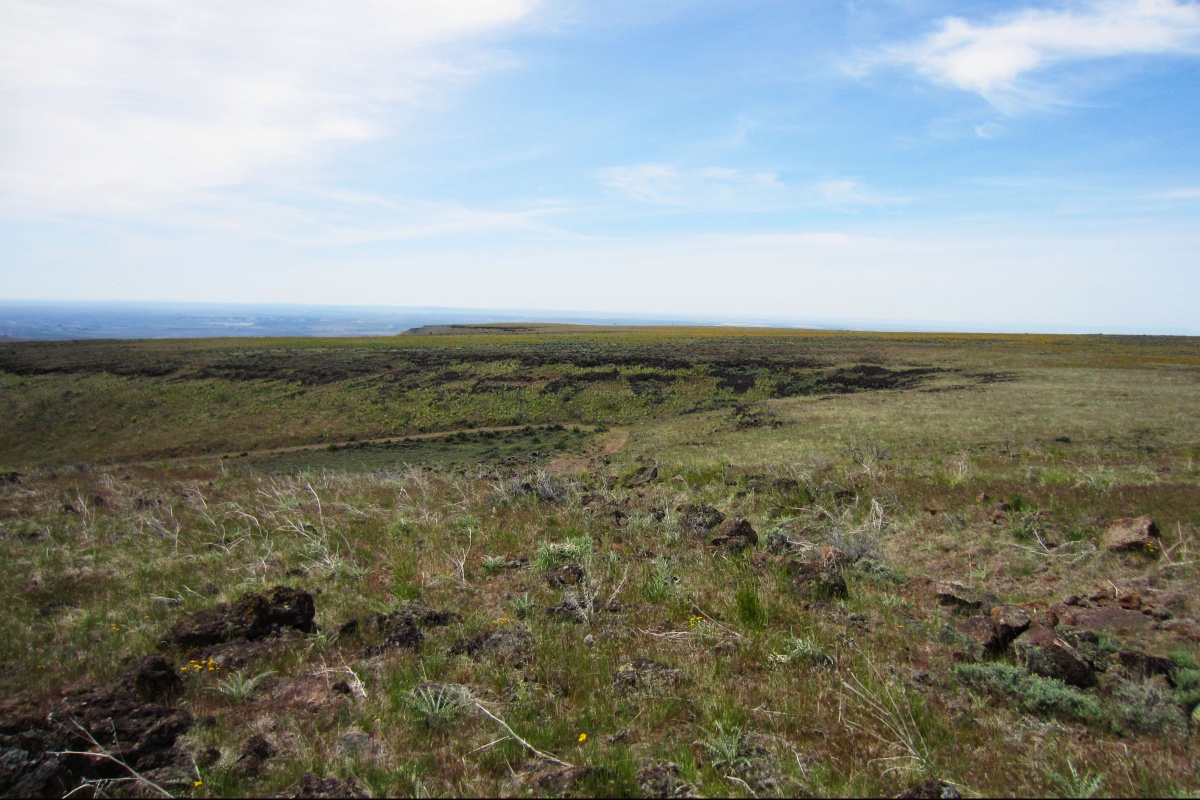
Since 2010, five native seed increase contracts have been issued and seed has increased by over 4,000 pounds of grass and 50 pounds of forb. In 2015 and 2016, new seed production fields including two native grass and three forbs started. Seed is being used on several emergency stabilization and rehabilitation projects following fires to increase plant structure and diversity in greater sage grouse habitat. In addition, forbs like false dandelion, biscuitroot and shaggy fleabane are also used by native bee species.
In the future, BLM-Idaho plans to target seed collections from seed zones that will target greater sage grouse and pollinator plants. The use of well-adapted and ecologically appropriate plant materials is a core component of successful restoration projects.
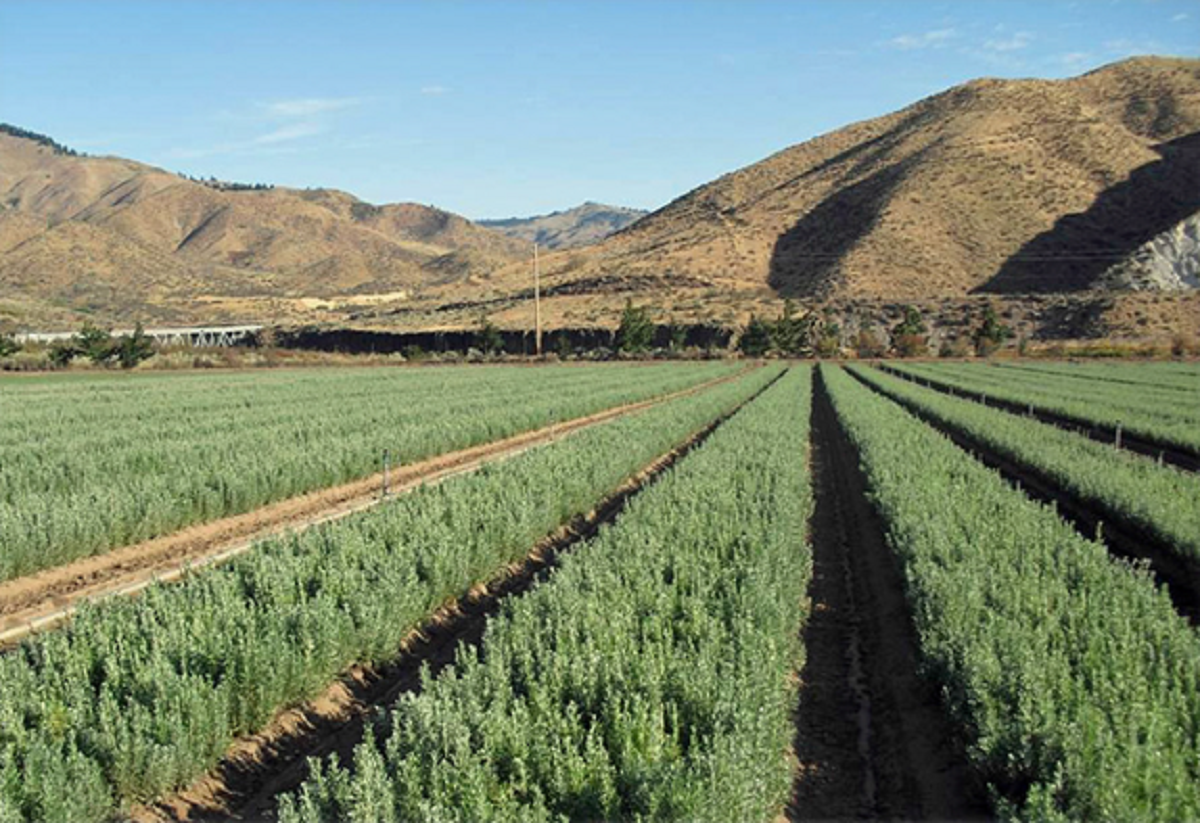
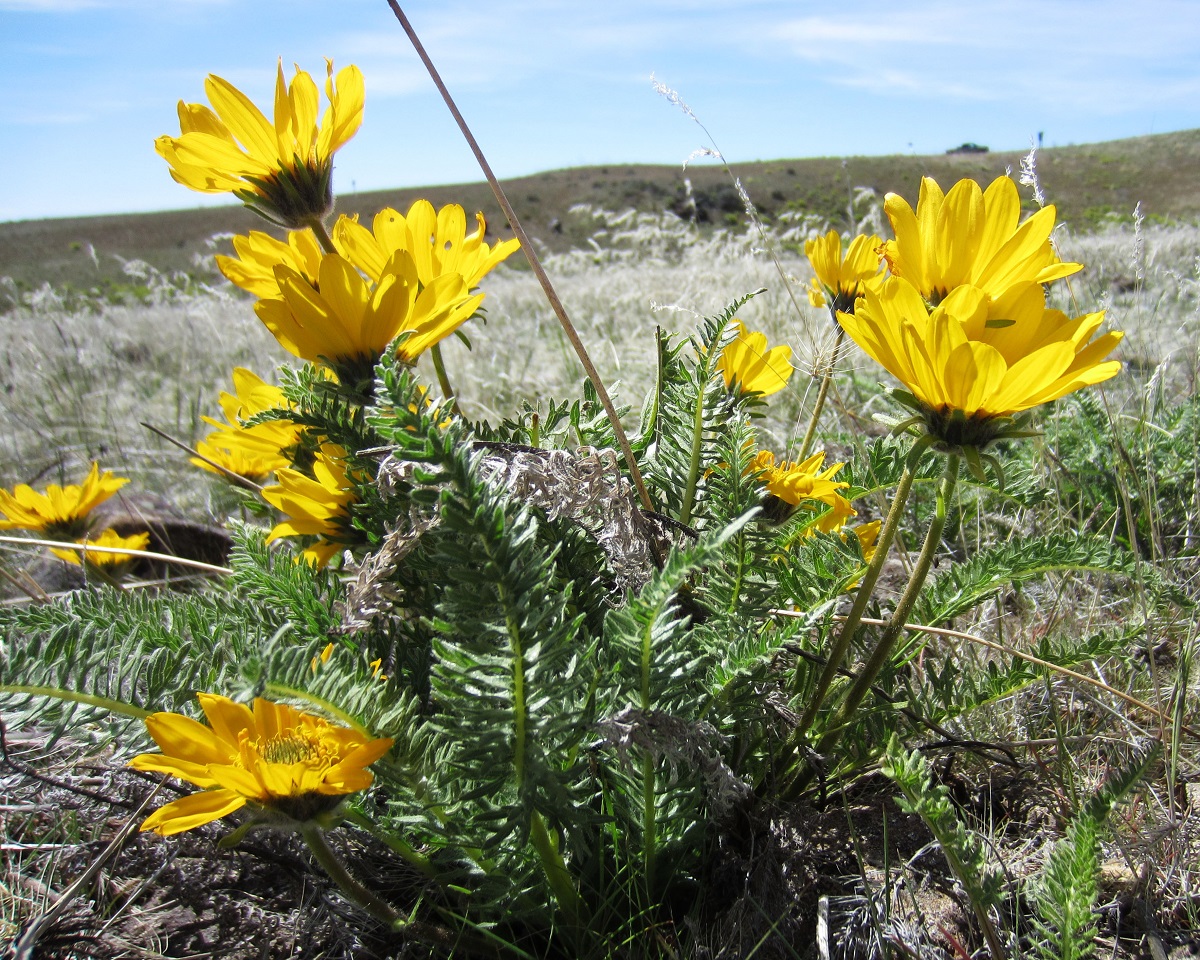
Seeds of Success and Partnerships Restore Pollinator Habitat for Rare Idaho Endemic Plant
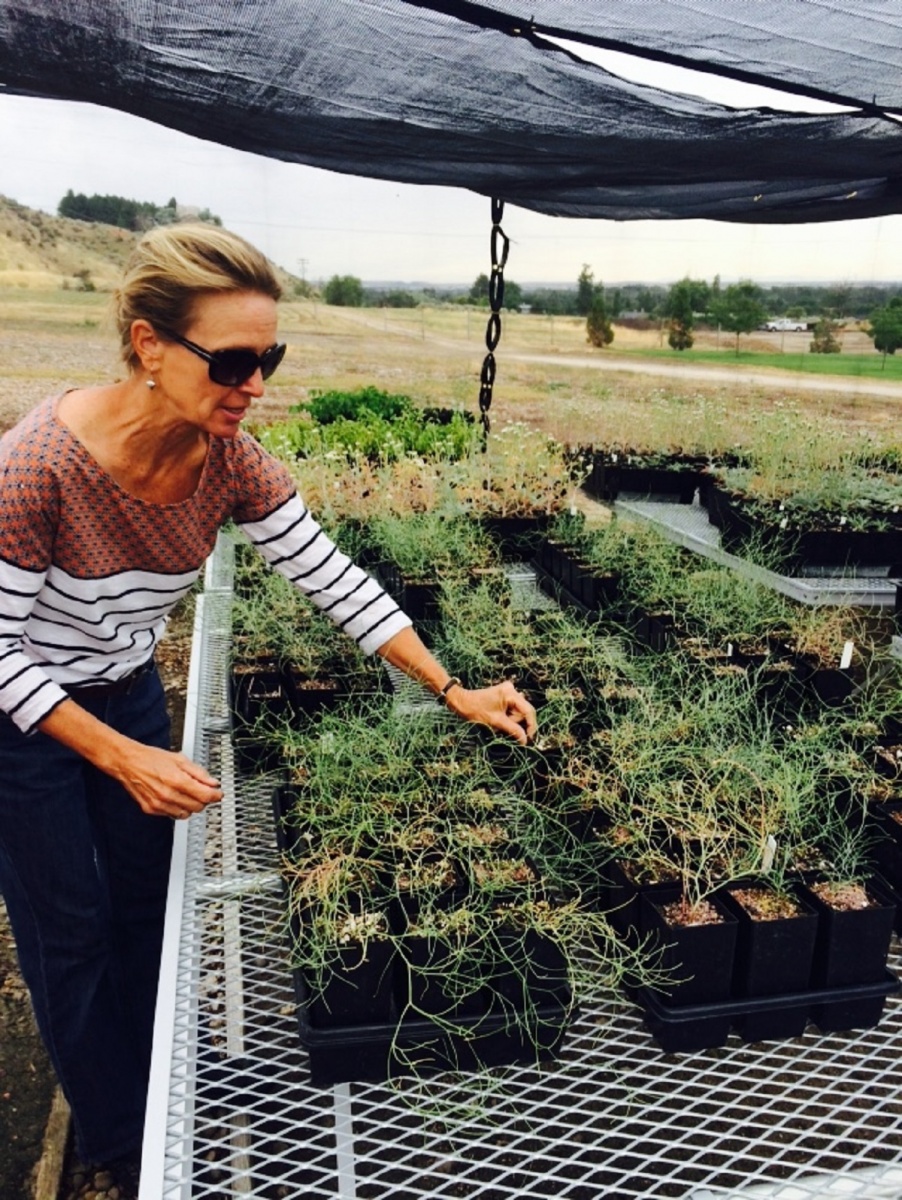
Packard’s milkvetch is one of Idaho’s rarest plants. It occupies only about 10 square miles of the Big Willow and Little Willow Creek drainages of Payette County in southwest Idaho. It's habitat is threatened by wildfire, invasive weeds, off-highway vehicles and livestock grazing. BLM and partners are using key conservation efforts to restore and protect the habitat by: protecting intact populations, restoring the surrounding pollinator habitat by increasing the number and diversity of native forbs and shrubs and reintroducing Packard’s milkvetch into unoccupied, suitable areas.
To accomplish this, BLM is collecting native seed with help from the Seeds of Success program. The seed is also being grown-out into plant plugs and installed within designated restoration areas. In Idaho, the BLM works proactively with Utah State University and the Agricultural Research Service to monitor native bee species to determine species diversity and interaction with the forbs and reproductive success of Packard’s milkvetch. This engagement with partners is helping to accelerate the ecological recovery and persistence of Packard's milkvetch.

Conservation actions include: 1) reduction of the primary threat (i.e. off- highway vehicle use) and secondary effect – livestock grazing, 2) overall population increase documented by monitoring, 3) the species’ overall stable population status over a five-year monitoring period and, 4) agreements that guide and confirm BLM's commitment to species conservation. BLM provided US. Fish and Wildlife Service with the rational to identify Packard's milkvetch as no longer warranting listing under the Endangered Species Act.
In 2015 and 2016, BLM completed further restoration and seeding of native forbs and grasses including pollinator-friendly plant species like pale milkweed, hawksbeard, bitterbrush and 100 Packard’s milkvetch seedlings. These seedlings planted had a robust survival rate of 75%.
Moving forward, seed will be increased and more treatments may incorporate the use of bio-control agents (soil bacteria) to reduce invasive weeds in proximity and within the Packard's milkvetch habitat.
